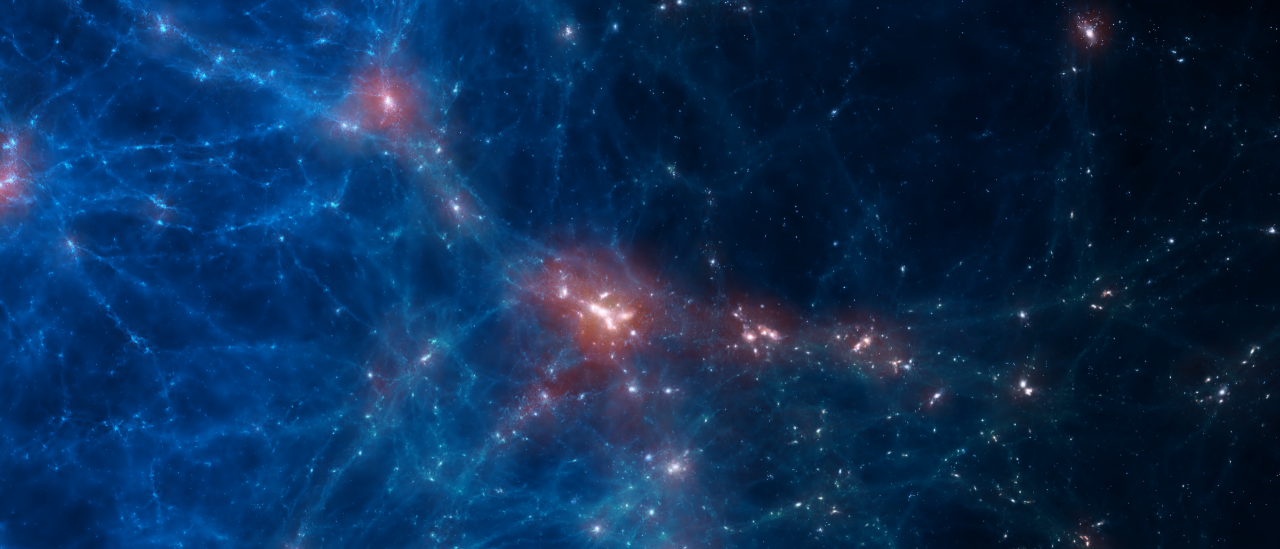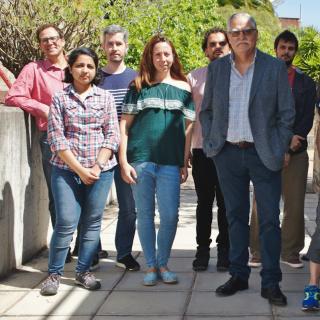General
Entre las cuestiones fundamentales en Astronomía y Astrofísica están la formación y evolución de galaxias. Las escalas de tiempo y tamaño son tan astronómicas que su observación en galaxias individuales es imposible. Solo con el uso de simulaciones numéricas es posible entender la formación de estructuras cósmicas dentro del actual marco cosmológico.
Los principales procesos físicos que rigen la formación y evolución de galaxias son gravedad, hidrodinámica, gas cooling, formación estelar, evolución estelar, y SN y BH feedback, todos ellos no lineales y por ello difíciles de describir con modelos puramente analíticos. Otros modelos, los semi-analíticos, se basan en simulaciones de únicamente materia oscura y están, por tanto, sesgados al igual que éstas. Por todo esto, las simulaciones cosmológicas hidrodinámicas son la mejor herramienta para realizar los “experimentos controlados” de formación y evolución de galaxias.
Tras tres décadas de mejoras en las simulaciones numéricas, solo ahora los trabajos teóricos pueden reproducir simultáneamente las propiedades observadas de las galaxias y del medio interestelar (e.g. EAGLE, Schaye et al. 2015, MNRAS, 446, 521; ILLUSTRIS, Vogelsberger et al., 2014, Nature, 509, 177); en particular, las funciones de luminosidad y de masa de las galaxias, las relaciones entre tamaño y masa, entre metalicidad y masa, entre otras muchas propiedades están reproducidas en un amplio rango de masas de galaxias.
El grupo de astrofísica numérica trabaja en una variedad de temas científicos relacionados con la evolución de las galaxias y la estructura a gran escala del universo. La experiencia abarca desde la estructura interna de las galaxias enanas y de bajo brillo superficial, la Vía Láctea y sus galaxias satélite, el estudio de las galaxias en grupos y agrupaciones, hasta las grandes simulaciones cosmológicas de la estructura del universo. El grupo colabora con la mayoría de los grupos de investigación de IAC que trabajan en astrofísica extragaláctica y cosmología.


